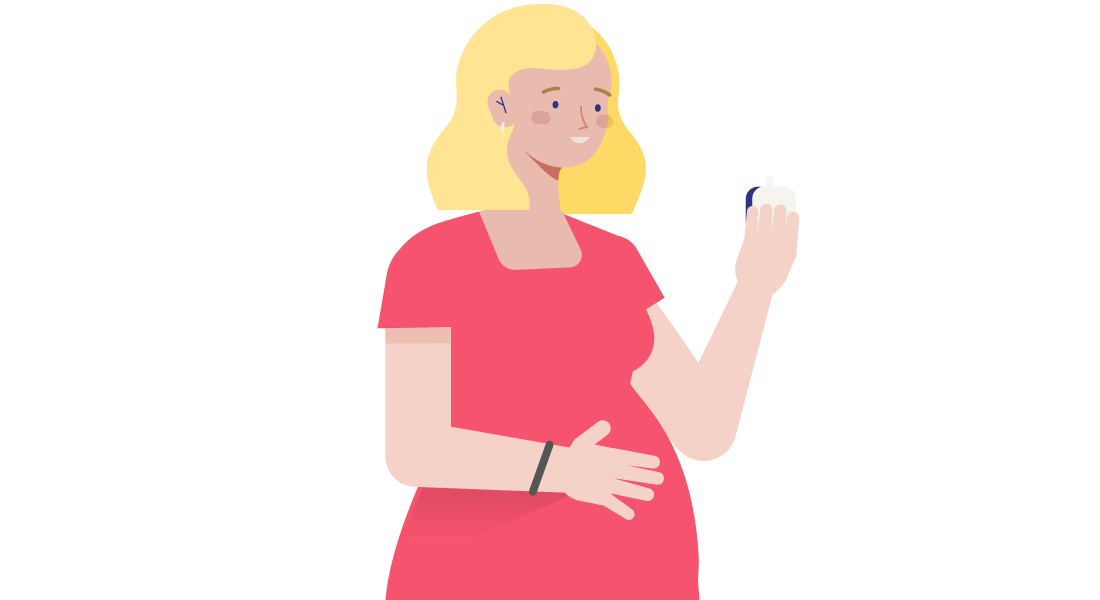PPI Trial Importance Video
No transcript available at present
EARLY-ONSET type 2 diabetes (T2D) is increasingly common and has serious health consequences. Pregnancies in women with T2D in the UK have doubled in the last 15 years.

Even though we know that improving maternal glucose improves outcomes in T2D pregnancy, almost half of patients experience poor pregnancy outcomes such as neonatal care admissions, birth defects, and baby deaths. Women with T2D face striking healthcare inequalities, and often ‘feel ignored’ when it comes to medical attention.
Continuous Glucose Monitoring (CGM) which automatically measures glucose can empower pregnant women to manage their own glucose levels. It alerts them if their glucose is too high or too low. CGM data are held on phones and shared virtually with followers (partners/family) and clinicians, providing more targeted support and adjustments to diabetes treatment.
We have shown that CGM improves maternal glucose and reduces baby complications in T1D pregnancy. We now want to find out if CGM is better than finger-prick monitoring in T2D pregnancy.

Our experts by experience, Seema and Sarah, talk to Chief Investigator Helen Murphy about the importance of the PROTECT study